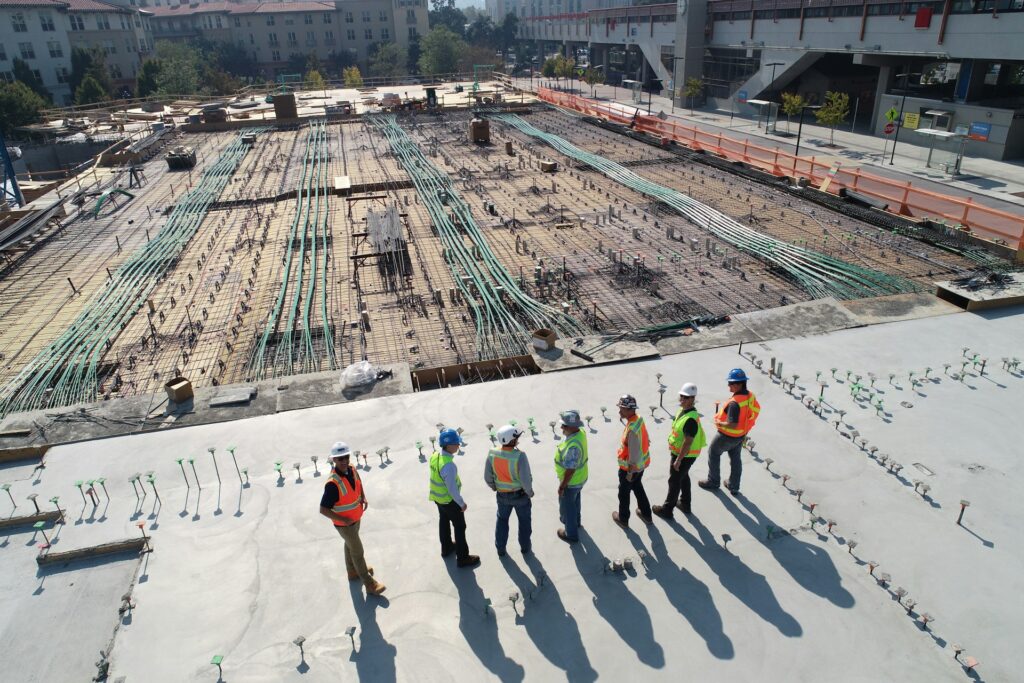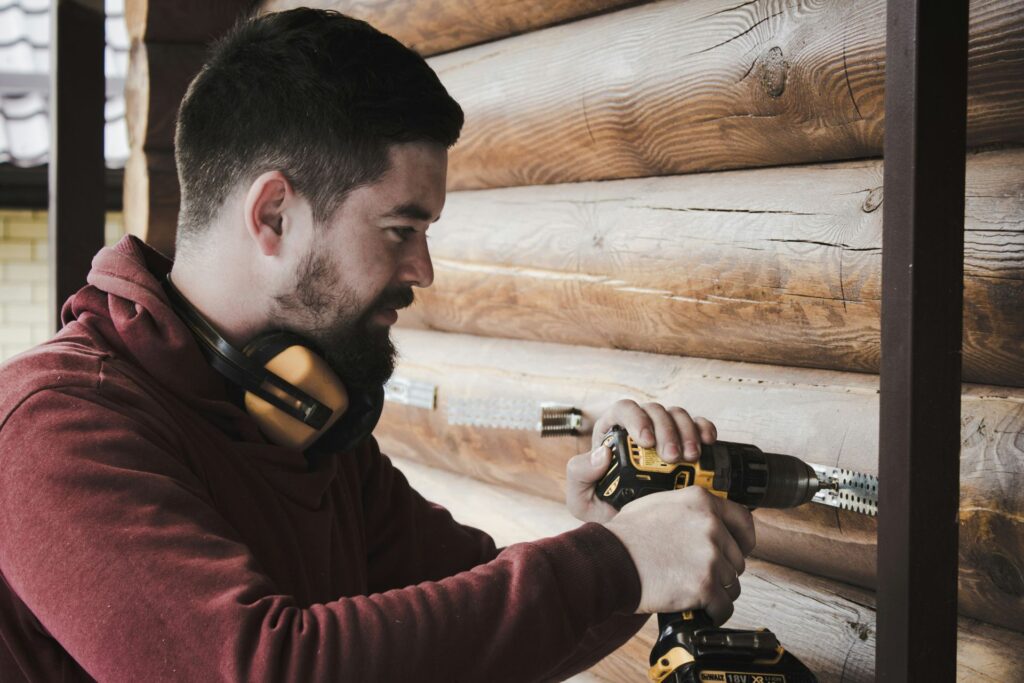
We are reader-supported. When you buy through links on our site, we may earn an affiliate commission.
Construction in the United States has fallen short of demand partly because of the industry’s labor shortage. Due to financial constraints and smaller talent pools, businesses have had difficulty filling out their staff. What can building professionals do to mitigate the construction labor shortage? We asked construction experts to weigh in and offer solutions. Here’s what we can do to help the industry build a more robust workforce.
What Is the Construction Labor Shortage in 2024?
Associated Builders and Contractors (ABC) data shows the construction labor shortage has continued into 2024, with experts saying the industry must hire 501,000 additional workers to meet labor demand. Michael Bellaman, CEO and president of ABC, says falling short of this goal will stifle improvements in the built sector and affect worker productivity for the foreseeable future.
The industry’s modern labor shortage originates with the COVID-19 pandemic, as many workers left their jobs or saw operations cease due to local regulations. Regardless, construction businesses nationwide felt the pain and saw labor fall far behind demand. In 2021, ABC said it needed 430,000 more workers to follow the pace necessary for new construction. If the industry falls behind labor expectations, the deficit will continue to widen yearly.
What Can We Do About This Labor Shortage? Experts Weigh In
While adding a half-million new workers isn’t an easy task, there are solutions to solve the shortage. What are the most practical answers to matching labor with construction demand? Here are five solutions from industry experts.
1. Vocational Training

Increasing the number of workers starts with education. Vocational training is critical whether your employees begin in high school, college or another educational setting. These classes give students a hands-on approach to learning construction basics. Upon completion, workers receive certification and are ready to enter the workforce.
Chris Purvis, the owner of Concrete Contractor Austin, says the construction needs training, retention strategies and collaboration with educational institutions to mitigate the ongoing construction labor shortage.
“Investing in comprehensive vocational training and apprenticeship programs is essential to cultivate a skilled workforce,” Purvis said.
One positive aspect of vocational training investment is it can come in numerous forms. Taylor Green, professional contractor and co-founder of Artificial Grass Solutions, says construction businesses should consider partnering with educational institutions to increase labor participation.
“By providing education and vocational training to individuals interested in pursuing a career in construction, we can create a pipeline of skilled workers to meet the industry’s demand,” Green said. “This can be done through partnerships with trade schools, apprenticeship programs, and community colleges.
2. Volunteer Programs
Another way to encourage construction experience in today’s youth is to emphasize volunteer programs. These initiatives allow prospective employees to gain knowledge, whether they find opportunities in their communities or travel abroad. Volunteer programs may take you to Costa Rica, Ghana, Fiji or other locations.
Nina Lichtenstein, founder and principal home designer at Nina’s Home Design, says these experiences are invaluable for improving construction skills and giving young people a broader worldview.
“Beyond formal training, local and international volunteer programs in higher education would allow students to contribute to community development while gaining practical construction experience,” Lichtenstein said. “These initiatives — such as building community centers and schools worldwide — cultivate adaptability and a global perspective on construction’s transformative impact.”
3. New Technologies

Embracing new technologies is excellent for construction businesses because young people have demonstrated a desire for technology. A 2023 survey polled 600 workers in construction, manufacturing and other industries to gauge their views on technology. About 63% of respondents said they enjoy working with new technologies and use them before most of their colleagues.
Why do young employees like working with new technology? It gives them opportunities to be more efficient and productive at work, thus enhancing their results and encouraging professional development. Green says the construction industry should take advantage of new technologies and prioritize retention and employee satisfaction with modern workers.
“Utilizing technology and automation can help alleviate the labor shortage,” he said. “By implementing advanced construction methods and equipment, we can reduce the need for manual labor and make processes more efficient.”
4. Enhanced Perception

Increasing technological solutions and removing humans from dangerous jobs will improve young people’s perception of the construction industry. Green says building companies should talk to today’s youth about the technological and efficiency improvements to lure these new workers into the workforce.
“Many people have negative stereotypes about construction jobs, viewing them as low-skilled and physically demanding,” he said. “By highlighting the opportunities for growth, advancement, and competitive wages in the industry, we can attract more individuals and encourage them to consider construction as a viable career option.”
How can construction companies combine safety and technology? Industry professionals have reaped the benefits of drones, 3D printers and other advanced machinery. For instance, deploying drones speeds up tasks and improves accuracy while reducing the need for labor. These benefits are only a few you get when experimenting with automation.
5. Automation
Construction companies may need to get creative if humans can’t fill the gap. Artificial intelligence (AI) and machine learning (ML) could be innovative solutions to move the industry forward. After all, experts say AI has a market value of $305 billion and should reach $738 billion by 2030. The opportunities for these technologies are growing, so now is a prime time to take advantage.
Fast growth should allow construction to remove duties from humans and enable machines to share the responsibilities. Padraig Reilly, founder of Boxcore — construction software specializing in safety — says the industry needs to move away from manually entering site records. If you put this duty in the hands of automation, you let workers focus on the job site and increase productivity.
“The most significant opportunity to improve labor productivity in construction is to move contractors away from manual means of capturing and sharing site records,” Reilly said. “While progress is being made, there is still a long way to go, with contractors still over-reliant on paper, email, and manual data uploading.
“Eliminating delays on site whilst data is being checked and verified means project teams get more done when they are on site.”
Purvis echoed sentiments about leveraging AI to close the labor gaps.
“Embracing technology, such as automation and robotics, can also alleviate labor demands,” he said.
Mitigating the Construction Labor Shortage Moving Forward
New construction has fallen behind in the United States, leading to housing deficits and higher prices when finding places to live. What’s the primary cause of this issue? A labor shortage has hit the industry hard as many businesses struggle to fill positions.
However, hope is still on the horizon. The U.S. can improve its construction labor numbers by using these five tactics. Leveraging new technologies and engaging young people with vocational programs will be essential. Additionally, these experts say improved working conditions and competitive wages will be integral to increasing interest in the field.










